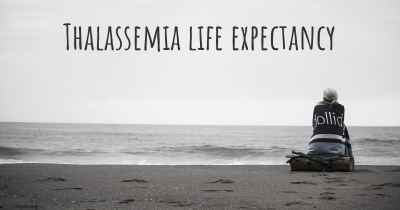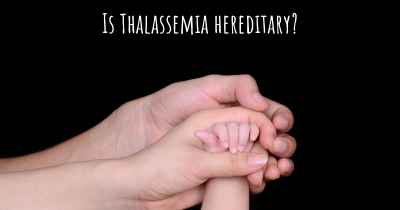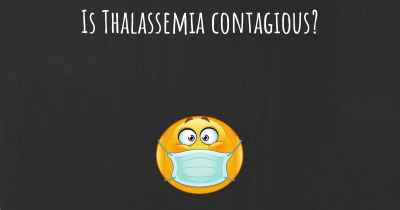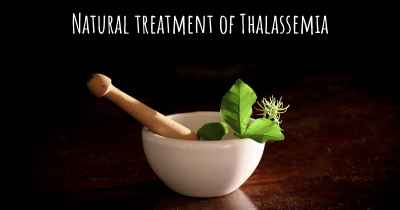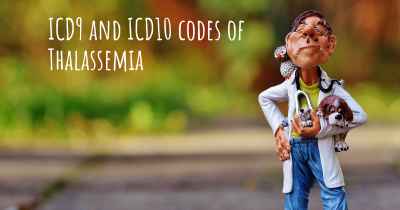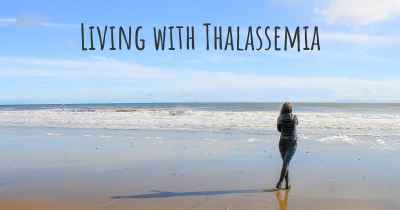What is the prevalence of Thalassemia?
How many people does Thalassemia affect? Does it have the same prevalence in men and women? And in the different countries?
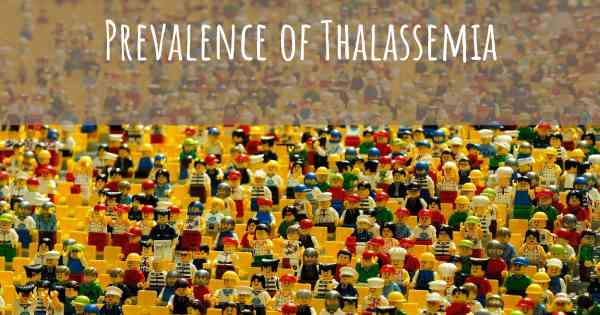
Thalassemia is a genetic blood disorder characterized by abnormal hemoglobin production, leading to anemia. The prevalence of Thalassemia varies across different populations. It is particularly common in regions where malaria is or was endemic, such as the Mediterranean, Middle East, Southeast Asia, and Africa. In these areas, the prevalence of Thalassemia can range from 1% to 15% depending on the specific type and population studied. Thalassemia is a significant health concern in these regions, necessitating awareness, genetic counseling, and appropriate management strategies.
Thalassemia is a genetic blood disorder characterized by abnormal production of hemoglobin, the protein responsible for carrying oxygen in red blood cells. It is prevalent in certain regions where the gene mutations causing thalassemia are more common, such as the Mediterranean, Middle East, and Southeast Asia.
The prevalence of thalassemia varies across different populations. In some regions, it is estimated that up to 10% of the population may carry the gene for thalassemia, while in others, the prevalence can be as low as 1%. The highest prevalence is found in countries like Cyprus, Greece, Italy, and Thailand.
Thalassemia can be classified into two main types: alpha thalassemia and beta thalassemia. The severity of the disorder also varies, ranging from mild to severe forms.
It is important to note that thalassemia is not contagious and cannot be acquired through contact with an affected individual.
Thalassemia is typically diagnosed through blood tests and genetic screening. Treatment options include blood transfusions, iron chelation therapy, and in severe cases, bone marrow transplantation.
Early detection and genetic counseling are crucial in managing thalassemia and preventing its transmission to future generations.
- Seven percent of the world's population, according to WHO estimates, are carriers of the thalassemia inheritance. Over 5 million children and adults are acutely ill with (beta) thalassemia major (in the presence of alpha thalassemia, almost all fetuses die in the womb).
Posted Jan 23, 2018 by Thalassämiehilfe ohne Grenzen e. V.
- Seven percent of the world's population, according to WHO estimates, are carriers of the thalassemia inheritance. Over 5 million children and adults are acutely ill with (beta) thalassemia major (in the presence of alpha thalassemia, almost all fetuses die in the womb).
Posted Jan 24, 2018 by Jürgen M. 6070
